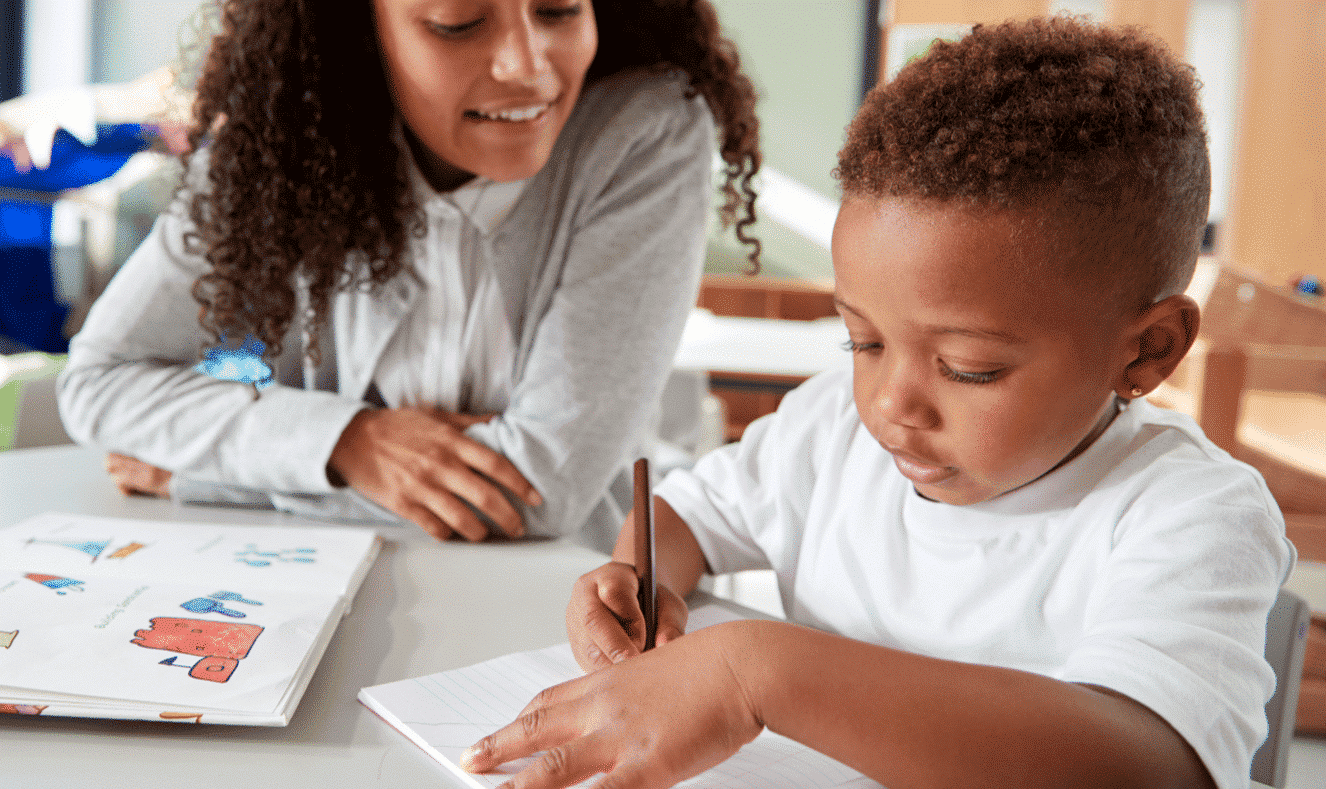As a homeschooling parent, you understand the importance of fostering an environment conducive to creative learning. Keeping your children engaged and motivated can be challenging, especially when they are easily distracted or bored. However, incorporating creative learning activities into your homeschooling routine can not only make the process more enjoyable but also aid in the development of essential skills such as critical thinking, problem-solving, and creativity.
In this comprehensive article, we will explore a wide range of creative learning activities for homeschoolers, providing you with a wealth of ideas to keep your little ones entertained and intellectually stimulated. From hands-on projects to imaginative storytelling, and educational games to artistic pursuits, we’ve got you covered with engaging activities that cater to diverse learning styles and interests.
Read Also: No More Meltdowns and Screen Time Battles for Our Parents: Here’s Why!
The Importance of Creative Learning Activities
Before diving into the world of creative learning activities, it’s essential to understand why they are so vital for homeschoolers. Creative learning activities offer numerous benefits, including:
Fostering Creativity and Imagination: Children are naturally curious and imaginative. Creative activities encourage them to think outside the box, explore new ideas, and develop their creative problem-solving skills.
Enhancing Cognitive Development: Many creative activities involve critical thinking, problem-solving, and decision-making processes, which are crucial for cognitive development.
Promoting Self-Expression: Art, storytelling, and other creative outlets provide children with a means to express themselves, their thoughts, and their emotions in a safe and constructive manner.
Developing Fine Motor Skills: Hands-on activities such as crafting, painting, and sculpting help to refine fine motor skills, hand-eye coordination, and dexterity.
Boosting Confidence and Self-Esteem: When children create something unique and see the fruits of their labor, they experience a sense of accomplishment, which can bolster their confidence and self-esteem.
Read Also: All-In-One Preschool Math Workbook
Hands-On Creative Learning Activities

One of the most effective ways to engage homeschoolers is through hands-on activities that involve tactile exploration and manipulation. These activities not only stimulate their senses but also encourage critical thinking and problem-solving skills. Here are some engaging hands-on creative learning activities to try:
1. Arts and Crafts
Arts and crafts activities are a classic way to nurture creativity and self-expression in children. Consider activities such as:
- Painting with various mediums (watercolors, acrylics, finger paints)
- Sculpting with clay, play-dough, or modeling compounds
- Collage making with recycled materials
- Origami and paper folding
- Jewelry making with beads and strings
2. Science Experiments
Science experiments are not only educational but also incredibly engaging for curious young minds. Here are some fun and creative learning activities to try:
- Building volcanoes and exploring chemical reactions
- Growing crystals or rock candy
- Constructing simple machines or catapults
- Exploring buoyancy with homemade boats or floating objects
- Investigating the properties of magnets and magnetic fields
3. Gardening and Nature Exploration
Connecting with nature can be a wonderful way to foster creativity and appreciation for the natural world. Consider activities such as:
- Starting a small herb or vegetable garden
- Creating nature-inspired art with leaves, twigs, and flowers
- Going on nature scavenger hunts and collecting interesting objects
- Observing and identifying different plants and animals
- Constructing bird feeders or houses
Read Also: Struggling with Bored Kids During Homework Time? We’ve Got You Covered!
Imaginative and Storytelling Activities
Imaginative and storytelling activities are excellent for nurturing creativity, language skills, and emotional intelligence in children. Here are some engaging ideas to try:
1. Storytelling and Creative Writing
Encourage your children to tap into their imagination and storytelling abilities through activities such as:
- Creating their own storybooks or comic strips
- Writing and illustrating short stories or poems
- Participating in creative writing prompts or exercises
- Inventing new characters or worlds
2. Dramatic Play and Puppetry
Dramatic play and puppetry allow children to explore different roles, emotions, and scenarios in a safe and engaging way. Try activities like:
- Putting on impromptu skits or plays
- Creating and performing with homemade puppets
- Engaging in role-playing games or scenarios
- Designing and building simple puppetry theaters
3. Imaginative Building and Construction
Building and construction activities not only foster creativity but also develop spatial awareness, problem-solving skills, and fine motor coordination. Consider activities such as:
- Building structures with blocks, Lego, or other construction toys
- Designing and creating forts or castles with blankets and household items
- Constructing miniature towns or landscapes with recycled materials
- Experimenting with simple engineering challenges (building bridges, towers, etc.)
Read Also: This Is the Only Activity Workbook Your Child Will Ever Need!
Educational Games and Puzzles

Games and puzzles are not only entertaining but also offer valuable learning opportunities for homeschoolers. They can help reinforce various concepts while promoting critical thinking, problem-solving, and strategic planning skills. Here are some creative and engaging educational games and puzzles to consider:
1. Board Games and Card Games
Classic board games and card games can be excellent tools for learning and practicing various skills, such as:
- Math and counting skills (Chutes and Ladders, Candy Land)
- Reading and spelling (Scrabble, Boggle)
- Strategy and critical thinking (Chess, Checkers)
- Memory and pattern recognition (Memory, Concentration)
2. Puzzles and Brain Teasers
Puzzles and brain teasers are not only fun but also challenge children’s cognitive abilities and problem-solving skills. Try activities like:
- Jigsaw puzzles (ranging from simple to complex)
- Sudoku and logic puzzles
- Riddles and word puzzles
- Tangram puzzles and shape challenges
3. Interactive Games and Scavenger Hunts
Interactive games and scavenger hunts can be an engaging way to combine learning with physical activity and exploration. Consider activities such as:
- Indoor or outdoor scavenger hunts with clues and riddles
- Treasure hunts with maps and directions
- Active games that incorporate learning concepts (alphabet hopscotch, math relay races)
- Interactive online games or educational apps (with appropriate supervision)
Read Also: No More Meltdowns and Screen Time Battles for Our Parents: Here’s Why!
Conclusion
Homeschooling presents a unique opportunity to foster creativity and nurture your child’s natural curiosity through engaging, hands-on learning activities. By incorporating a variety of creative pursuits into your homeschooling routine, you can not only make the learning process more enjoyable but also cultivate essential skills that will benefit your child throughout their academic journey and beyond.
The creative learning activities outlined in this article are merely a starting point, as the possibilities are truly endless. Embrace your own creativity and continuously seek out new and innovative ways to captivate your child’s imagination. Encourage them to explore their interests, experiment with different mediums, and express themselves freely through art, storytelling, building, and problem-solving.
Remember, every child is unique, and what sparks their creativity may differ. Take the time to observe your child’s natural inclinations and tailor the activities accordingly. Some children may gravitate toward artistic pursuits, while others may find joy in scientific explorations or imaginative play. By catering to their individual preferences, you can foster a love for learning and cultivate an environment where creativity thrives.
Moreover, don’t hesitate to involve your child in the planning process. Encourage them to share their ideas and actively participate in selecting and designing creative learning activities. This not only promotes ownership and engagement but also nurtures their decision-making and problem-solving abilities.
Embrace the journey of creative learning with your homeschoolers, and witness the remarkable growth and development that occurs when curiosity, imagination, and hands-on exploration converge. As you embark on this exciting path, remember to celebrate their accomplishments, no matter how small, and cherish the precious moments of discovery and wonder that unfold along the way.






